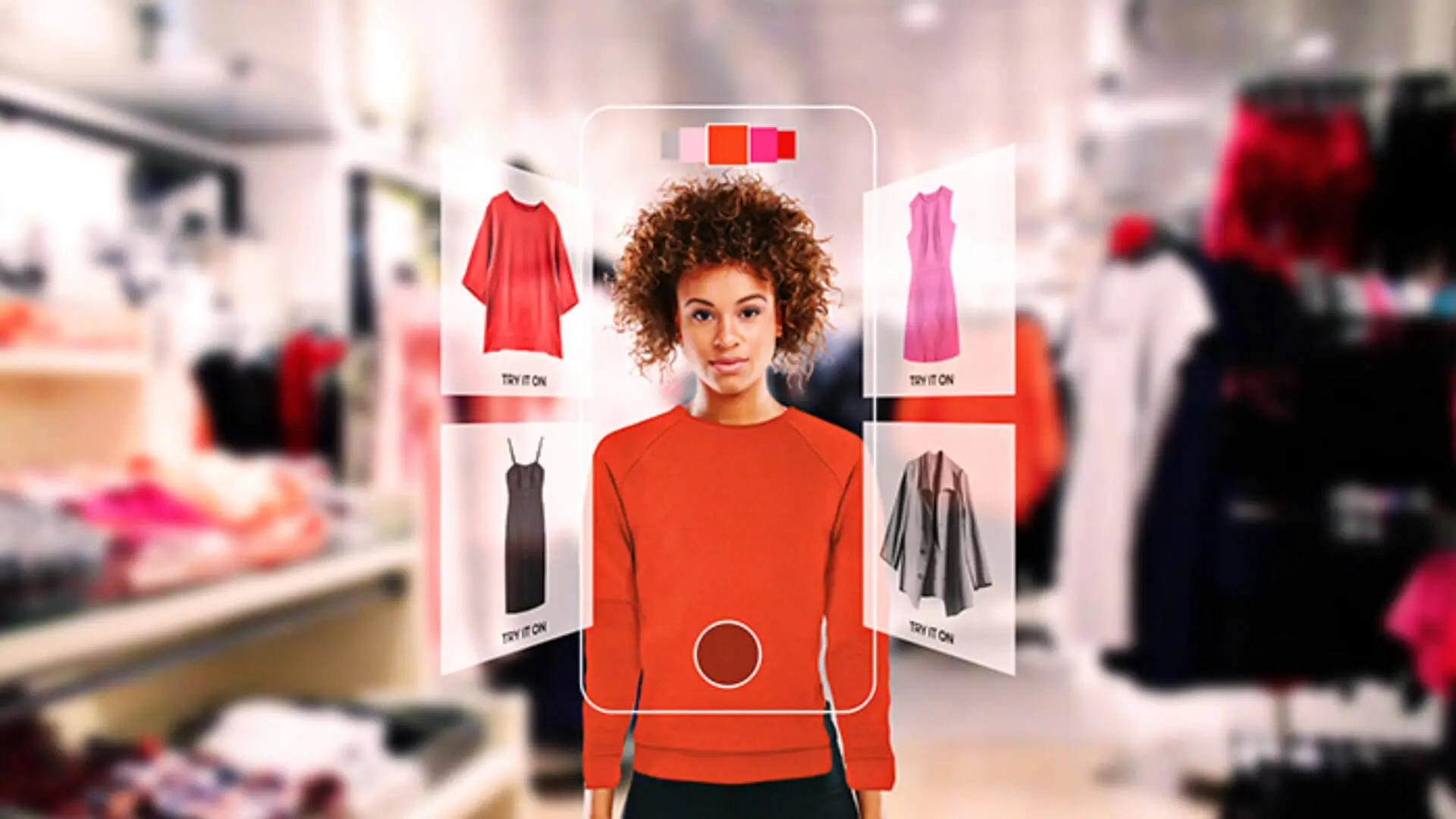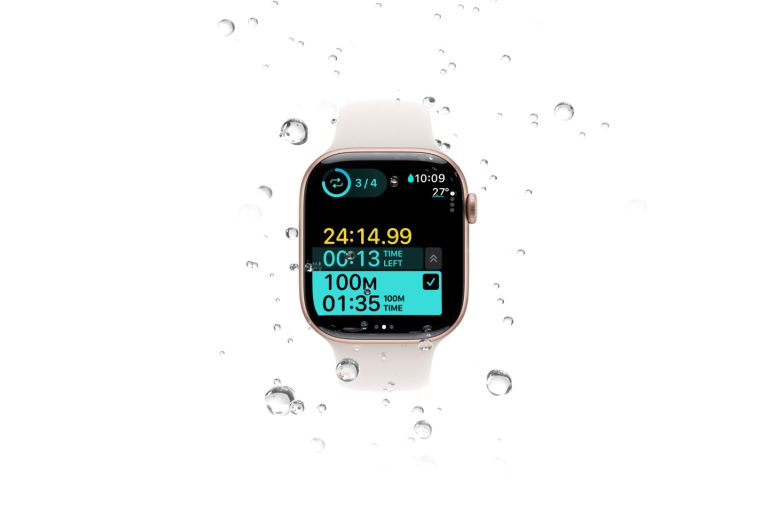Have you tried on a pair of sunglasses virtually before buying them? Or did you use an app to see how a dress might look on you? If not, you soon will. In 2025, virtual fashion is no longer just a buzzword. It’s reshaping how Indians shop online. As e-commerce continues to boom, virtual fashion tools from AR (augmented reality) try-ons to 3D avatars are helping millions of customers make smarter buying decisions.
Here’s a closer look at how virtual fashion is transforming Indian e-commerce and why brands and shoppers alike are embracing it.
What Is Virtual Fashion?
Virtual fashion involves using digital technologies to enhance the online shopping experience.
It includes:
- Virtual try-ons (clothes, accessories, shoes)
- 3D clothing visualizations
- Digital fashion items for avatars or social media
- Virtual showrooms
With fashion e-commerce projected to reach $23 billion in India by 2025 (Statista), it’s no surprise that brands are investing in these innovations to stand out and reduce returns.
Why Is Virtual Fashion Growing in India?
1. Rising Smartphone and Internet Penetration
India now has over 600 million smartphone users and one of the world’s cheapest mobile data rates (TRAI). This makes AR-based shopping tools accessible even to tier-2 and tier-3 city consumers.
2. High Return Rates in Fashion E-commerce
Fashion items see return rates of 20–30% in Indian e-commerce (RedSeer). Many returns happen because customers are unsure of fit or appearance. Virtual try-ons help reduce this guesswork.
3. Pandemic-Driven Digital Adoption
COVID-19 accelerated India’s digital shift. Even traditional fashion brands started offering virtual showrooms and AR try-ons to compensate for in-store experiences lost during lockdowns.
How Indian E-commerce Brands Are Using Virtual Fashion
Myntra
- Launched Myntra Studio with AR filters that let users try makeup and sunglasses virtually.
- Collaborated with brands like MAC and Maybelline for immersive beauty experiences.
- Introduced Myntra FWD, targeting Gen Z, with a focus on digital fashion content.
Tata CLiQ
- Offers virtual watch try-ons through AR.
- Enables 3D visualizations of apparel on its luxury platform.
Ajio
- Introduced virtual try-ons for sunglasses in collaboration with premium brands.
- Investing in future tools for garment visualization.
Lenskart
- Pioneered virtual eyewear try-on in India.
- Reports suggest virtual try-on boosted conversion rates by over 30%.
Smaller Brands & D2C Labels
- Niche D2C brands in ethnic wear, streetwear, and jewelry are using Instagram filters and Snapchat AR for virtual product experiences.
- Startups like Scapic and Avataar are helping Indian brands build 3D commerce tools.
4 Key Benefits of Virtual Fashion for Indian Consumers
Better Buying Decisions
Virtual try-ons reduce uncertainty about size, color, and style. This is especially helpful for Indian ethnic wear, where drapes and silhouettes can vary widely.
Lower Return Rates
By helping shoppers visualize products more accurately, virtual fashion reduces impulse buying and the need for returns.
Personalization
AR tools can recommend styles based on body type or facial features, creating a more customized shopping experience.
Inclusivity
Virtual fashion allows plus-size, petite, and diverse skin tones to be better represented, a growing demand in India’s fashion landscape.
What’s Next for Virtual Fashion in India?
Metaverse Integration
Leading brands are exploring digital fashion collections for the metaverse and gaming platforms, where consumers buy virtual-only clothes for their avatars.
AI-Driven Styling Assistants
AI-powered tools that act as personal stylists, suggesting outfits based on your wardrobe or past purchases, are gaining traction.
Full Body AR Try-Ons
Expect more full-length AR try-on tools that allow you to visualize entire outfits in real time on your phone.
Challenges to Watch
- Technical barriers: Many Indian shoppers still use low- to mid-range smartphones, limiting the quality of AR/VR experiences.
- Cost: Advanced 3D modeling and AR tools are expensive for smaller brands to adopt.
- Standardization: Lack of size standardization in Indian fashion makes accurate virtual fitting tricky.
Final Thoughts
Virtual fashion is no passing trend. As Indian consumers seek richer online shopping experiences, AR and 3D tools are helping bridge the gap between offline and online retail. For brands, it’s a chance to engage audiences more deeply and reduce costly returns.
In the coming years, expect your favorite shopping apps to get even smarter, more personalized, and yes, more virtual.
FAQs
Q: Is virtual fashion only for premium brands?
A: No. While luxury brands led the trend, many affordable labels and D2C brands are now using AR and 3D tools.
Q: Can virtual fashion replace offline shopping entirely?
A: Not completely, but it complements it well, especially for first-time buyers or when shopping online for convenience.
Q: Are these tools safe to use?
A: Yes. AR filters and virtual try-ons do not collect biometric data, but always check app permissions and privacy settings.






